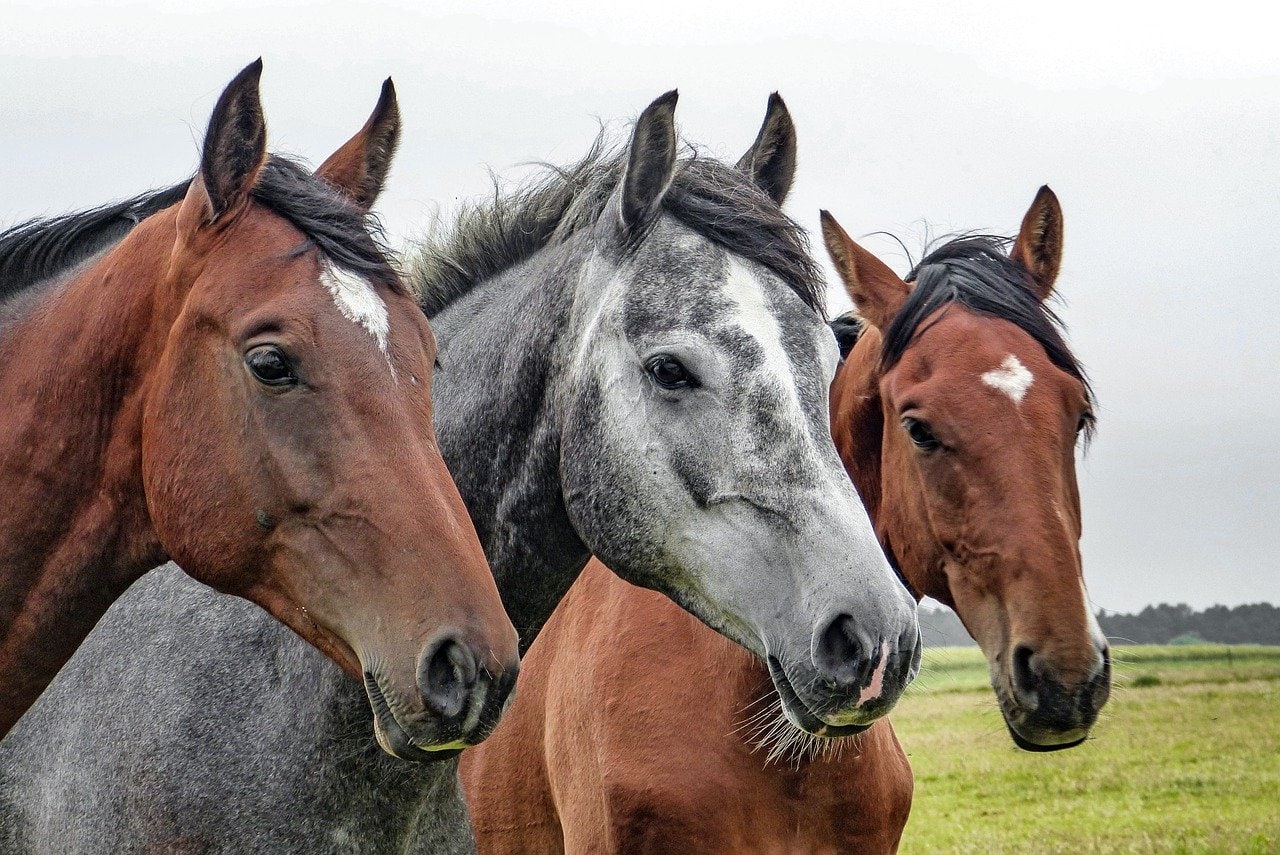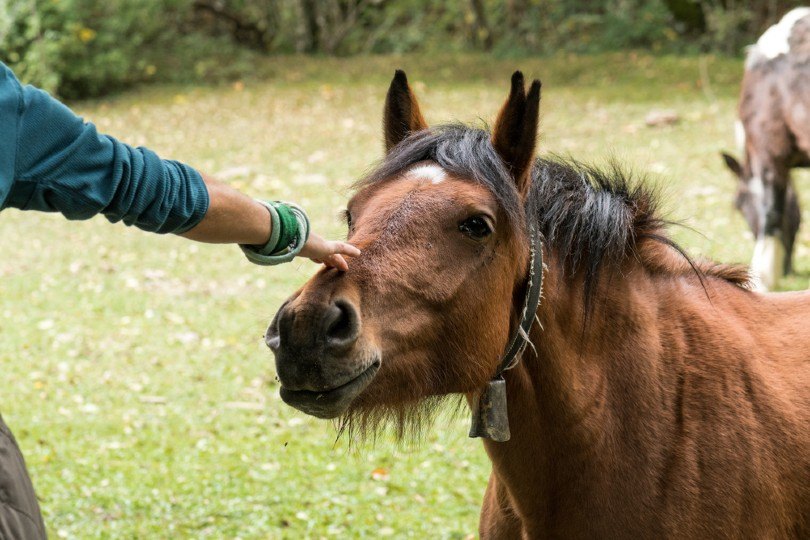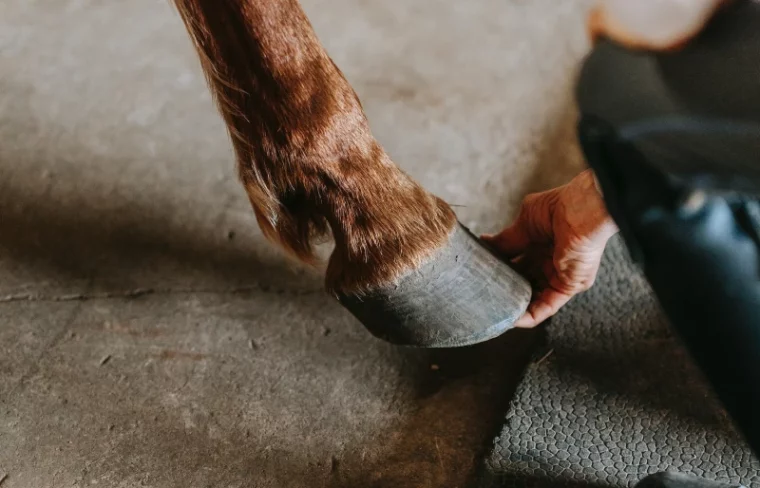
Hoof care is an important part of maintaining a healthy horse. Their hooves absorb all the impact from the horse’s movement, so hoof health is essential for protection. The risk of other leg and body injuries can increase if hooves become damaged. Generally speaking, most horses could have a trimming done once every six weeks. However, several factors can influence how often trimming needs to occur, so your horse’s individual needs may vary. Contact your farrier for advice.
Hooves are always growing and can grow between five to 10 millimeters every four weeks. So, unfortunately, this is a maintenance task that you’ll need to take care of every few weeks to ensure optimal health for your horse.
Let’s take a closer look at the factors to consider when choosing the frequency of your horses’ hoof trims.
How Weather and Seasons Affect Hoof Growth
Horse hooves grow faster at certain times of the year. During the warmer months, hooves grow quickly. Between October through April, however, growth slows down substantially.
In the summer, hooves should be trimmed every four to six weeks. You can wait a little longer between trims during the winter and may even go every six to ten weeks. Ask your farrier for advice on timing.
The weather with the seasons can also affect your horse’s hoof health.
During the summer, the weather can vary from very wet to very dry. Dry weather can cause hooves to dry out, and wetter weather will cause them to become softer. The ping-ponging back and forth between two extremes can cause cracks in the hooves, so you may need a farrier to inspect the feet more often during the summer.
In winter, horses typically work less and won’t be stomping at bugs as often, resulting in less hoof wear.
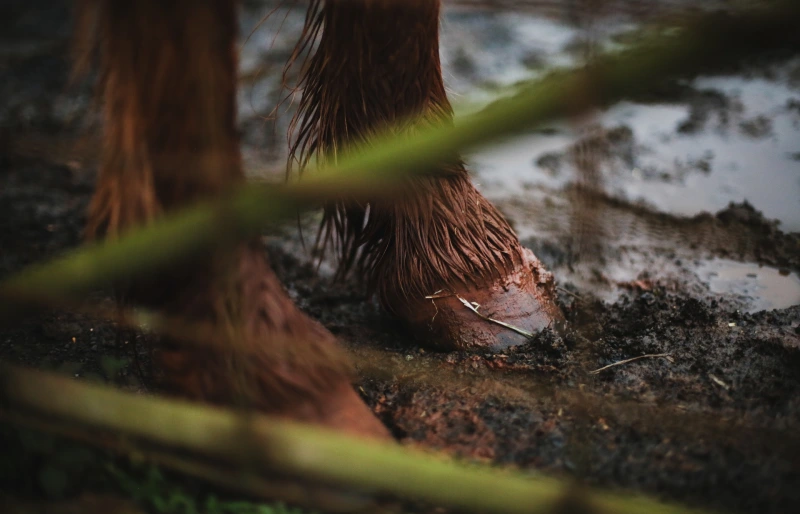
The Influence of Terrain
Horses kept on abrasive terrain can trim their hooves nicely and may not need trimming at all or just the occasional touch-up. Unfortunately, rougher terrain can cause damage to horses who have flat or tender feet. Things like rocks can cause bruises and pain, so it’s best to have shoes to protect the feet and elevate the hoof from rougher terrain. If your horse wears shoes, a farrier may need to come more regularly to re-shod the feet.
Muddy terrain can take a toll on horses’ feet, causing them to become too soft. This will lead to heightened sensitivity and may also put your horse at risk for fungal infections in its feet. If your terrain is particularly muddy or marshy, a farrier should come out more often to check on your horse’s hoof health.
If the terrain is dry, you will have to worry about hoof cracking because of the lack of moisture on the ground. This can cause the hooves to crack or chip faster and more easily.
Barefoot or Horseshoes
How often your horse’s hooves need a trim will depend largely on whether it wears horseshoes. A horse without shoes is considered barefoot and can typically go longer between trims, as sustaining proper weight distribution is easier. Therefore, they can go between six to 10 weeks between trims.
A horse’s hooves are always growing. But, if they wear shoes, the foot cannot expand outward as it would if it were barefoot. This results in more weight distribution on the sides of the hooves which can lead to lameness if the time between re-shodding is too long. Horses with shoes should see a farrier every four to six weeks.
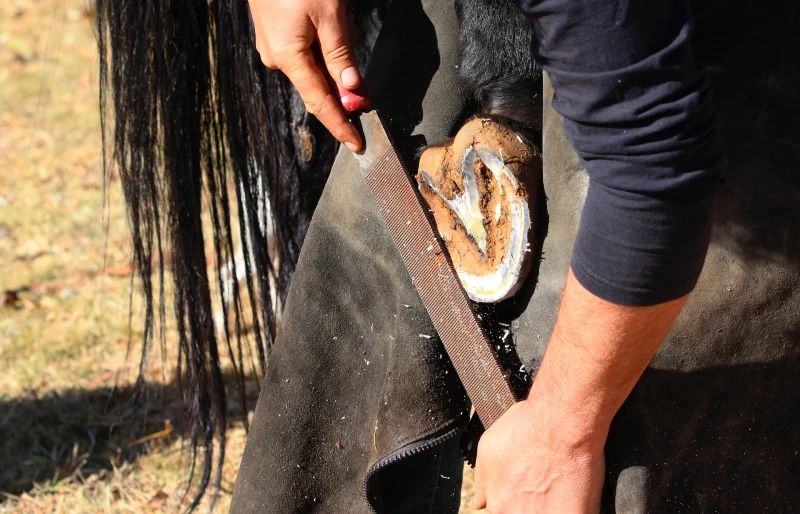
Observe Hoof Quality
Regular trimming becomes essential if your horse’s hooves are in poor condition. Brittle hooves can cause poor performance, so regular trims are great for strengthening and shaping them.
Conclusion
Regardless of how often you choose to have your horse’s hooves trimmed, regular visits to the farrier are essential to keeping well-balanced and healthy hooves. Ultimately, the frequency of trimmings will depend on many factors, but you should expect to get them trimmed anywhere between every four to 10 weeks.
Featured Image Credit: Barbara Olsen, Pexels




